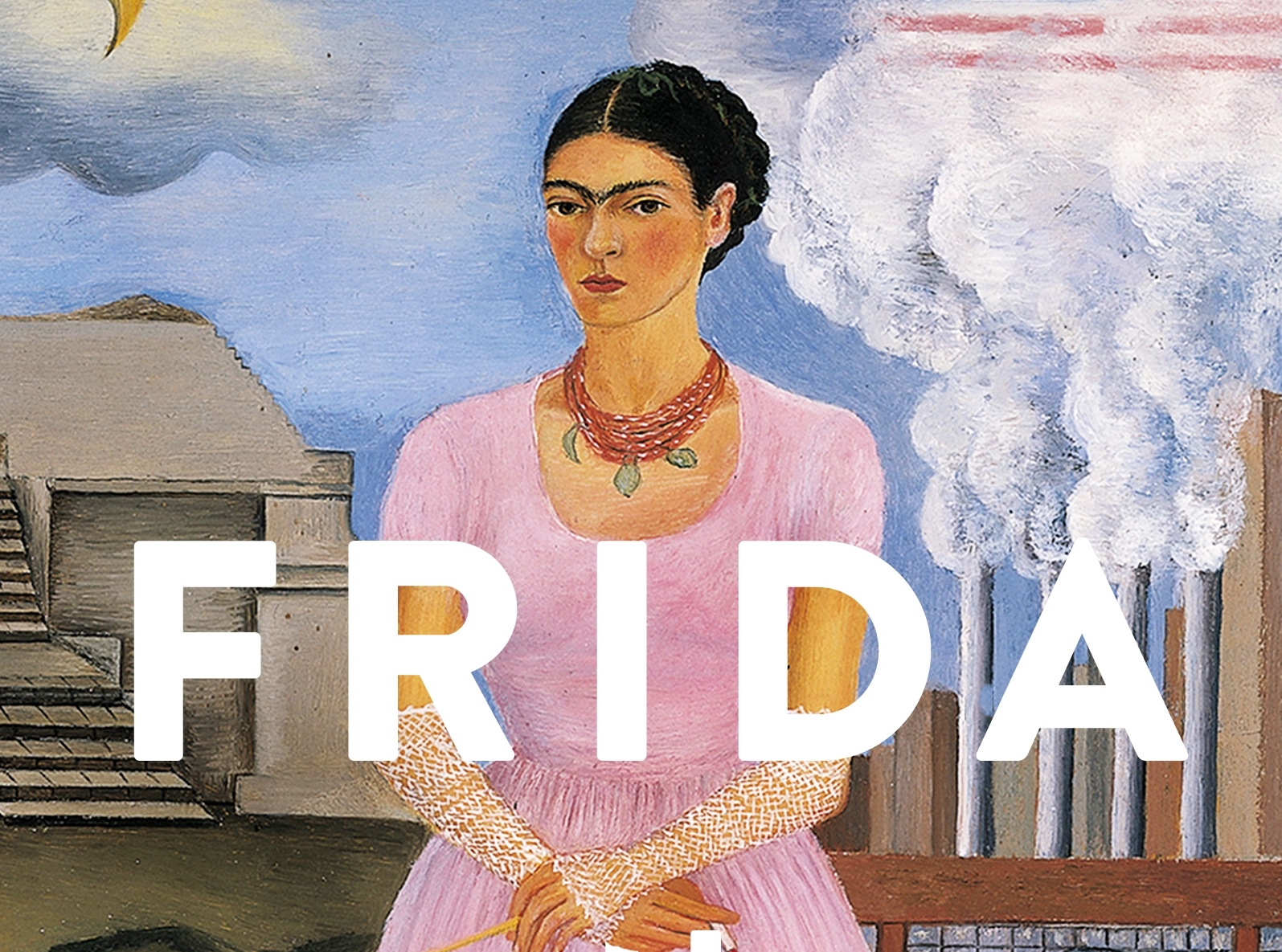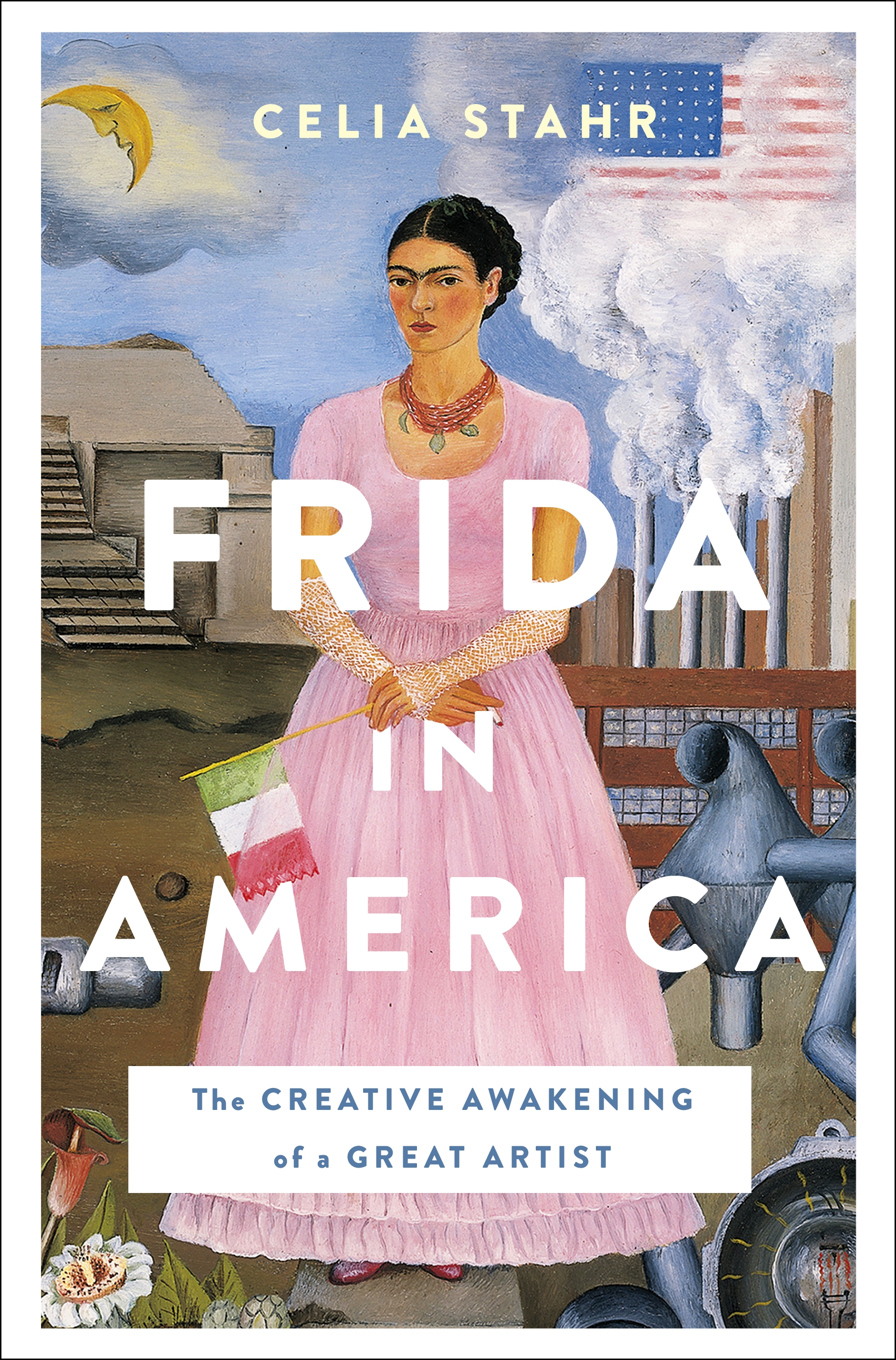‘Frida in America’ Paints a Vivid Portrait of the Artist’s Travels in America
Celia Stahr’s “Frida in America” details the tumultuous years that shaped the content, tone and style of Frida Kahlo’s artistry.

Frida Kahlo led an artistic yet complicated life.
A creative spirit with an androgynous demeanor, Kahlo had an appetite for sensual pleasures and existence rooting in and for love. She was a work of art and the intricacies of life and living served as her muse – no matter how jubilant or painful.
While Frida Kahlo has “become this icon now, oftentimes, we don’t talk as much about her artwork.” – Celia Stahr, author

Celia Stahr’s “Frida in America: The Creative Awakening of a Great Artist,” creatively paints Kahlo’s travels in the United States during 1930-1933 – a very uproarious historical period in both the States and in her personal life.
Stahr’s literary portrait invites readers into deeper understanding of the private desires, dreams and conflicts articulated within her art.
“I wanted to deal with her paintings in a very substantial way. It’s a time where she ultimately makes or breaks into her style, and also the subject matter she focuses on,” Stahr tells CultureShift’s Amanda LeClaire. “While she’s become this icon now, oftentimes, we don’t talk as much about her artwork. I didn’t think there was that much out there looking at her development and creative process.”
Stahr, a professor at the University of San Francisco, also details Kahlo’s time in Detroit. A period she references as Kahlo’s battling a bout of “emotional turmoil.”
“While she’s in hospital recovering from a miscarriage, she starts to draw and she draws several important images,” says Stahr. “One is the basis for one of her major breakthrough paintings called, ‘Henry Ford Hospital’.”
In this painting, Stahr describes that Kahlo is on a hospital bed placed in a desolate landscape with the Ford-River Rouge Factory in the background. Kahlo is nude, on a bed, hemorrhaging. She has red strings attached to various objects, one being her miscarried child.
“It has this otherworldly look to it,” Stahr says of the drawing.
In essence, with “Frida in America,” Stahr says she “wanted to be able to tell the story in a way that can have an impact on people, where they can feel, hopefully, that they were on this journey with Frida.”
Click the player above to hear CultureShift’s Amanda LeClaire in conversation with Celia Stahr about Frida Kahlo – the art and the artist.
Support the news you love.
Here at WDET, we maintain our journalistic integrity through independent support from readers like you. Because you value WDET as your source of news, music, and conversation, please make a gift today.
